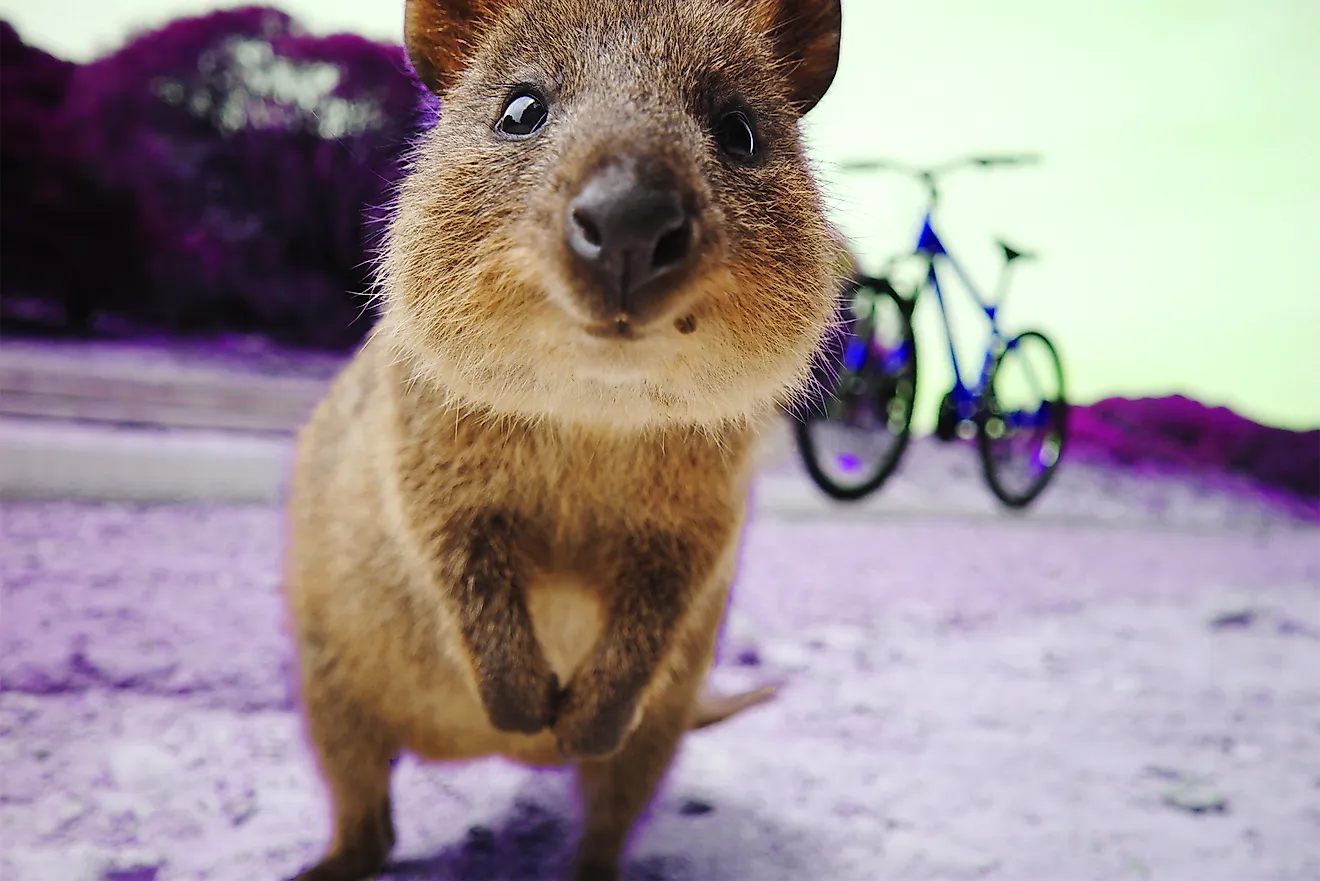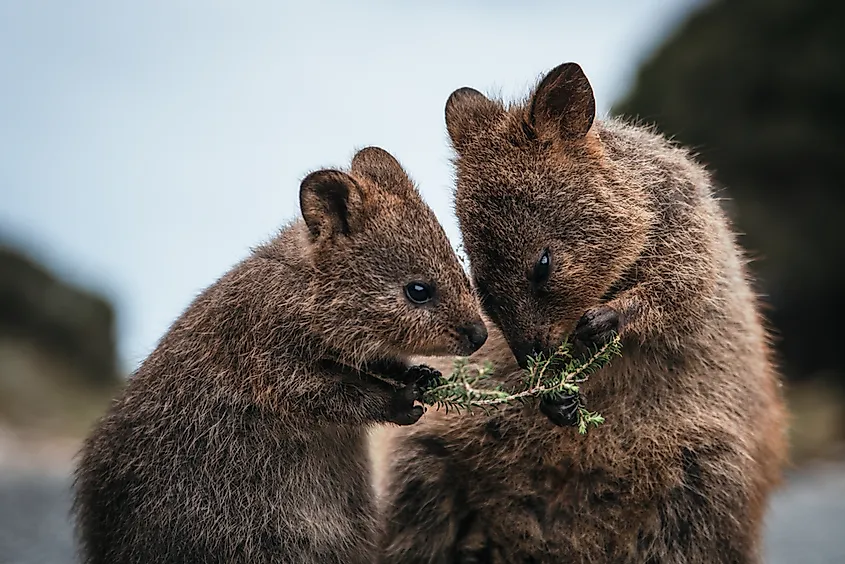Do Quokkas Really Throw Their Babies?

Quokkas are animals found on smaller islands situated off the coast of Western Australia. They are small macropods, not larger than a domestic cat. Quokkas are nocturnal animals and feed on plants. Some of the islands where we can find quokkas are Rottnest Island and Bald Island. They live in small isolated colonies all over those islands and certain other smaller areas throughout the western coast of Australia.
Quokkas gained popularity on the internet during the last several years when a joke was started that they tend to throw their babies at predators to save themselves from danger.
Do Quokkas Actually Throw Their Babies At Predators?
This question started as an online joke, and as time went on, people started taking it seriously. The answer to the question isn’t that simple, however. Firstly, it should be noted that no, quokkas don’t throw their babies at predators. That is a joke, but it is somewhat based on reality. Quokkas keep their young in their pouches, and while fleeing from predators, babies are known to fall out and are then left there by their parents.
The thing that is interesting here is that the part where they fall out of the pouch may be done on purpose by the mothers. Research shows that this may be an actual anti-predator characteristic of quokkas. They normally have very strong control over the muscles in their pouches, so their response to the threat of predators may be to release those muscles. The babies are left there to attract the attention of the predator, and the parents can safely escape. Mothers want to save themselves because they have proven that they are fertile, while the young might not be.

The Biology Of Quokkas
Quokkas are the size of a cat, meaning they can be from 16 to 21 inches long and weigh from 5.5 to 11 pounds. They are a part of the macropod family, just like kangaroos, and are considered quite short when compared to other animals in that group. Their hind legs are well developed, and they can climb smaller trees. Their fur is brown, and their average lifespan is ten years.
Quokkas are known for being indiscriminately sexually active. Females mostly give birth twice a year and, during their lifespan, produce 17 babies on average. The baby lives in its mother’s pouch for six months, and female quokkas become ready to mate after 18 months of life. Quokkas feed on a large number of vegetation types, including various leaves and grasses. When people visit the habitats of Quokkas, they are warned never to feed them, because eating human food can cause health issues.
How Do Quokkas Interact With humans?
Quokkas aren’t afraid of humans and are known to approach them. There are a few cases of quokkas biting people, with clashes with their reputation of being the happiest animals on the planet. Apart from the islands where they live, quokkas can be seen in certain zoos and parks all across Australia. Humans are, however, not permitted to interact with them physically.
The quokka population has been tremendously reduced since the colonization age. They are currently classified as vulnerable, despite their numbers on the smaller islands being quite large still. Animal predators on the mainland threaten them, and they require dense vegetation to cover from them. There is less and less habitat that provides them with such places due to housing expansion, among other things. That has contributed to their declining numbers.











